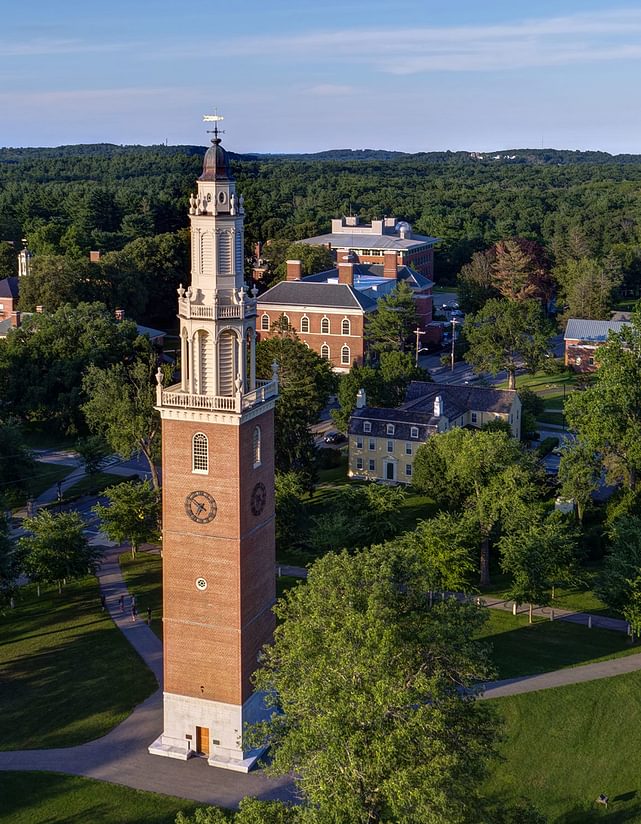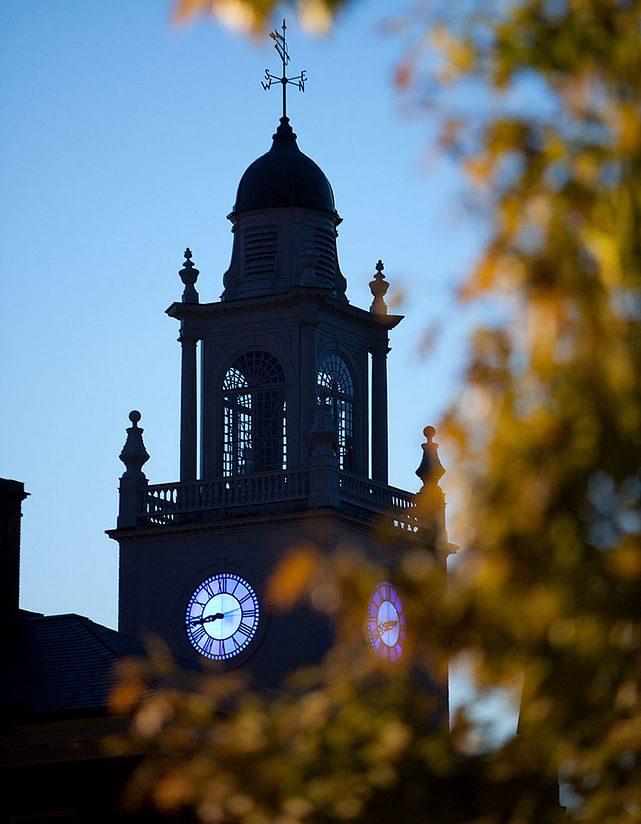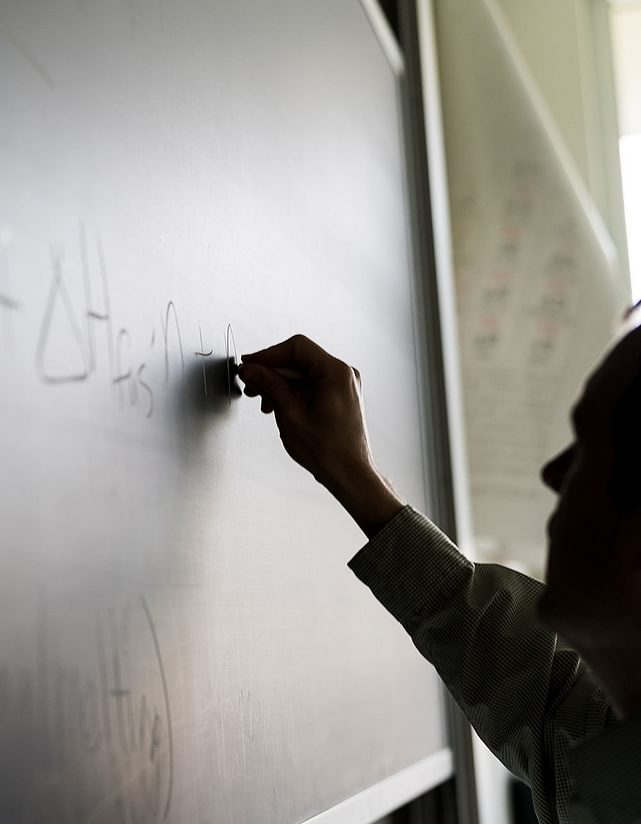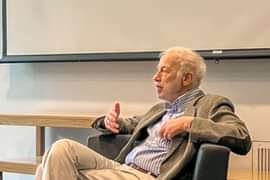
May 01, 2019
Fellows Voices: The Rainbow at PA
In her entry, "Queering PA," Tang Fellow Marisela Ramos shares how she is increasing visibility for LGBTQ identities.by Marisela Ramos
Approximately fifteen percent of PA students identify as bisexual, homosexual, pansexual—well above the national average. Our faculty make up about ten percent of the total faculty, also well above the national average for the general population.
There are a few key places on campus where we can see acknowledgement of LGBTQ identities, but one of the conundrums of sexual orientation is that it is not necessarily something that is visible. Yet LGBTQ people often rely on visual cues to determine the safety of a place and whether that is a place where they can belong.
Through this project, The Rainbow at PA: Making the Invisible Visible, I hope to help implement strategies for making Phillips Andover a campus that visibly represents our commitment to creating an “equitable and inclusive school” for LGBTQ identities.
The Importance of Space and Place
If we were to walk onto an empty PA campus, devoid of all of our vibrant community members, we could probably envision our school's past as an all-male institution. Could we also see expressions of sexuality? If spaces—such as our campus—can reflect race, gender, and class, can it also reflect sexuality?
Our built environment is a product of the time in which it was constructed as well as the time in which it is used. Space reflects and shapes identities. If we think of physical space as social products—something we created—it becomes central to human interactions. Spatial theory posits that physical spaces cannot be neutral since they affect how we see ourselves and how others see us. We think of a space as queer only when visual markers indicate it. Otherwise, heterosexuality becomes the default.
One of the key successes of the gay liberation movement—perhaps the very reason it succeeded—was spatial visibility. Through marches and pride parades, law suits and literary works, the gay movement infused public spaces with queer identities. Their visibility became a direct challenge to heteronormativity and heterosexism. Even as we thought of sexual orientation/sexuality as something that was private, the visibility of gay activists served as an indicator that sexuality is always present in the spaces we inhabit.
Beyond geographical space, this project also considers the importance of place in shaping and reflecting identity. Place includes social institutions, policies, values, etc. Together, space and place help to create a sense of belonging. Often, these markers carry more meaning for those to whom they directly apply. Most of us might not even notice a safe-zone sticker, but for LGBTQ peoples a safe-zone sticker or a policy that acknowledges all genders can be an indicator of where they can develop a sense of belonging.

Building Our Environment
One of the first steps is to locate current queer spaces and places at PA. Where do we, as a campus and community, express or represent gender and sexuality? Where can we currently locate queer identities? How can we better build our environment at PA to represent our values and acceptance of queer peoples? The next step is to strategize on how to create more queer spaces and places.
Currently we have an active GSA that recently celebrated its 30th anniversary on April 13. Gender and sexual orientation are integral parts of our core values. We have an all-gender dorm, a Brace center, a LGBTQ+ adult coordinator. The Theater and Dance department launched a production of The Laramie Project this fall. We were able to host PA’s first queer families event during Family Weekend. There are numerous other ways in which queer identities are reflected on our campus. There are also many small and big steps that we can take to create more visibility.
This term, specifically, I am walking around campus locating all-gender bathrooms, which I will then pinpoint on a map. The students in my Gender Studies course will be contributing to the design of a PA safe-zone sticker; one that is unique to us. I hope to work with Dr. Roberts on an archival project and with Ms. Jamie Kaplowitz on designing a teaching module using the Addison’s collections. There is a small group of faculty that I will be working with on integrating more LGBT themes into language courses. I will also continue to find creative ways of integrating LGBTQ histories into the History curriculum. Ultimately, I will probably spend a lot of my time seeking answers to questions. What happens when a prospective student or employee searches our website for LGBTQ identifiers? How do we classify same-sex parents? Where does PA’s queer history begin?





